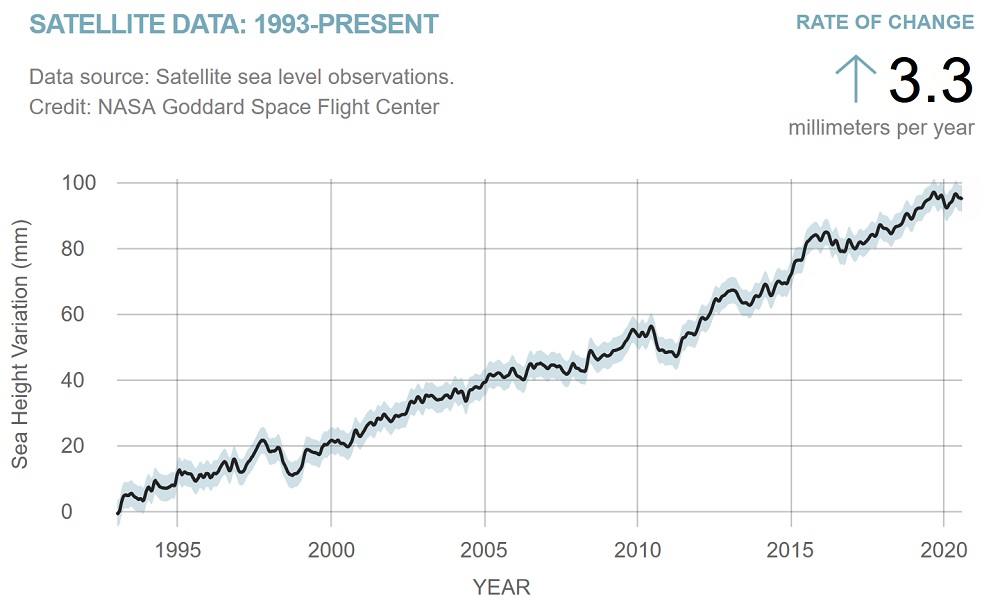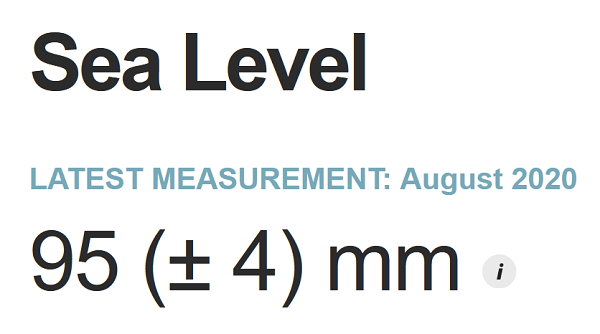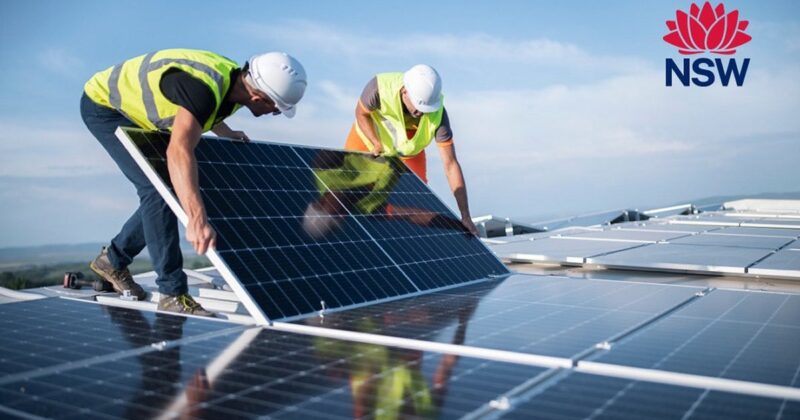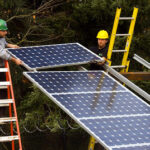Satellites Show Sea-Level Rise Of Almost 10 cm In 28 Years

I’m not going to prevaricate. I won’t even waste time using large words I hardly understand. I’m going to come right out and say it. The world’s oceans have problems — big problems as in they’re getting bigger.
Thanks to civilization dumping carbon dioxide and other greenhouse gases into the atmosphere, the annual sea level increase over the past 28 years of accurate satellite observation has been just shy of twice the average over the past 120 years.
We are likely to see 10 cm of sea-level rise since satellite measurements commenced in 1993.
While a 10 cm sea level increase may not seem so serious, speaking as part Dutch, I can assure you it is dangerous and creating problems that sticking fingers in dikes can’t fix. The only reason I’m not curled into a ball and sobbing under the table over the prospects for the future is that I’m optimistic the world will slam the brakes on carbon emissions over the next couple of decades, allowing us to slow the rate at which oceans rise.

I’m sorry, ladies, but we’re well past this point.
I am well qualified to tell you all about sea-level rise on account of the accursed Dutch blood flowing through my veins. Some people believe it’s necessary to study climatology and oceanography for years to speak authoritatively on the subject. Still, I’m pretty sure accursed blood is enough to get me 90% of the way.
How To Get A Rise Out Of The Ocean
Thanks almost entirely to global warming, the world’s oceans have risen by around 20 cm since 1900. The actual figure could be a few centimetres to either side, as we didn’t have satellites doing laps around the planet 100+ years ago. We’ve had them measuring sea levels for 28 years and around half the increase has occurred in that time.
Two ways increased global temperatures result in sea levels rising:
- Thermal expansion of the oceans.
- Melting of land-based ice.
There has also been a relatively small increase caused by:
- Pumping vast amounts of water out of aquifers for irrigation.
There is one thing humans do that counteracts sea level rises, but it is embarrassing:
- Pumping huge amounts of water into oil fields to extract more oil.
Unfortunately, this is more than counteracted by the global warming resulting from burning the oil.
Thermal Expansion: Stuff contracts when it cools and expands when it warms. Seawater is the same. Thermal expansion has been responsible for the majority of the sea level rise so far. The oceans’ average depth is 3.7 kilometres, and most of the warming is so far confined to the top fifth, but it’s slowly spreading. If we held global air temperatures at their current average, the oceans’ thermal expansion would continue for centuries.
Melting Ice: Sea ice melting doesn’t affect sea levels because it’s already in the sea. But ice on land getting dribbly does. The world’s main ice stock is in Antarctica, and there is a considerable amount in the Greenland ice sheet. Currently, around 200 billion tonnes a year of Greenland’s ice goes all wibbly-wobbly and runs into the ocean. While this only represents 0.07% of all the ice on that not particularly green island, trust me, that’s still too much, even if ice can continue to be lost at this rate for over 1,000 years.
28 Years Of Satellite Measurements
NASA has measured sea-level rise by satellite since 1993. While the average annual sea level increase since the start of the 20th century has been approximately 1.7 mm, in the past 28 years of satellite measurements it has been just under twice that at 3.3 mm a year.
Here’s a graph from NASA showing the satellite info:

While the graph shows sea level increases have been fairly steady over the 28 year measurement period, it is much faster than 100 years ago. In a worst-case scenario where we don’t slack off on CO2 emission, the average sea-level rise over the 21st century could be up to three times as much. Thankfully, due to the low and falling cost of renewable generation and energy storage, as well as the decreasing cost of electric road transport, the worst-case scenario is now an impossible case scenario.
Unfortunately, we don’t know how bad things can get even if the world reduces net CO2 emissions to zero by 2050. All we can really be sure of is it will be a lot bloody better than if we don’t.
Here’s the figure for millimetres of sea-level increase since 1993:

Because it’s from August and because it’s so close, we may see 10 cm of sea-level increase before the end of this year. If we don’t, then it’s pretty certain we’ll pass that point before the end of 2022. That will be over 10 cm of sea-level increase in just 29 years.
Mo’ Ocean Mo’ Problems
I probably don’t have to tell you why it’s bad for sea levels to rise. But just in case you are one of those people who think it will be easier to relocate the bulk of the world’s major cities to higher ground rather than cut emissions, I’ll point out that you’re wrong. The real estate value of Manhattan Island alone is supposed to be around $2.3 trillion. That’s $180,000 Australian for every US family, which more than enough for the United States to eliminate all greenhouse gas emissions with plenty of dosh to spare.
But even if the entire world slams the brakes on emissions over the next couple of decades, we’ll still need to go to a lot of effort and expense to make sure the expanding big blue wobbly things that mermaids live in don’t make a soggy mess of seaside cities through storm surges and more damaging tsunamis.
Sure, you may think that no matter how high sea levels rise you can always hire some Dutch engineers to protect your cities, but that’s how you end up clinging to floating wreckage after a particularly destructive storm and find yourself under the rule of the new Dutch East Everything Company.
There’s a lot to do. A big part of the solution is continuing to accelerate the deployment of solar power generation. Studies from RethinkX and Columbia University recommend oversizing solar systems by a factor of three to achieve dispatchable solar kWh at the lowest cost. We need to be embracing curtailment of solar as a feature – not a bug.
The good news is that savvy Australian homeowners, along with forward-thinking installers, understand this intuitively. Most of the installers we work with don’t just bang out 6.6 kW specials, but have a conversation with the homeowner about sizing. These guys were averaging over 8 kW per system installed in 2020 and rising. That’s a tiny bit of good news at the end of an otherwise pretty bleak blog post.
Happy new year.

Hello gentlemen. You’re a little early, but — unfortunately — not by much.
Original Source: https://www.solarquotes.com.au/blog/sea-level-rise-solar/


















